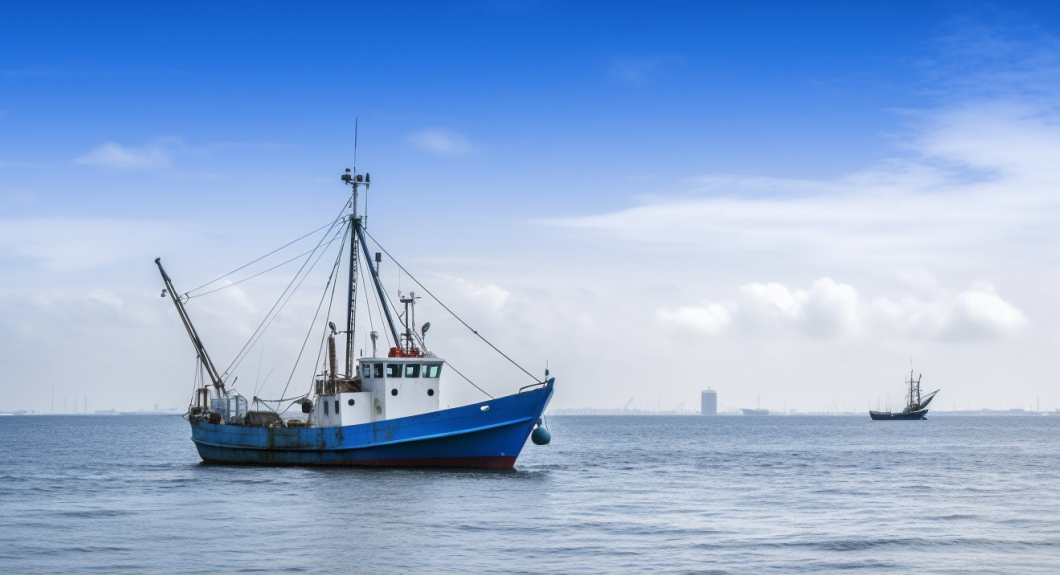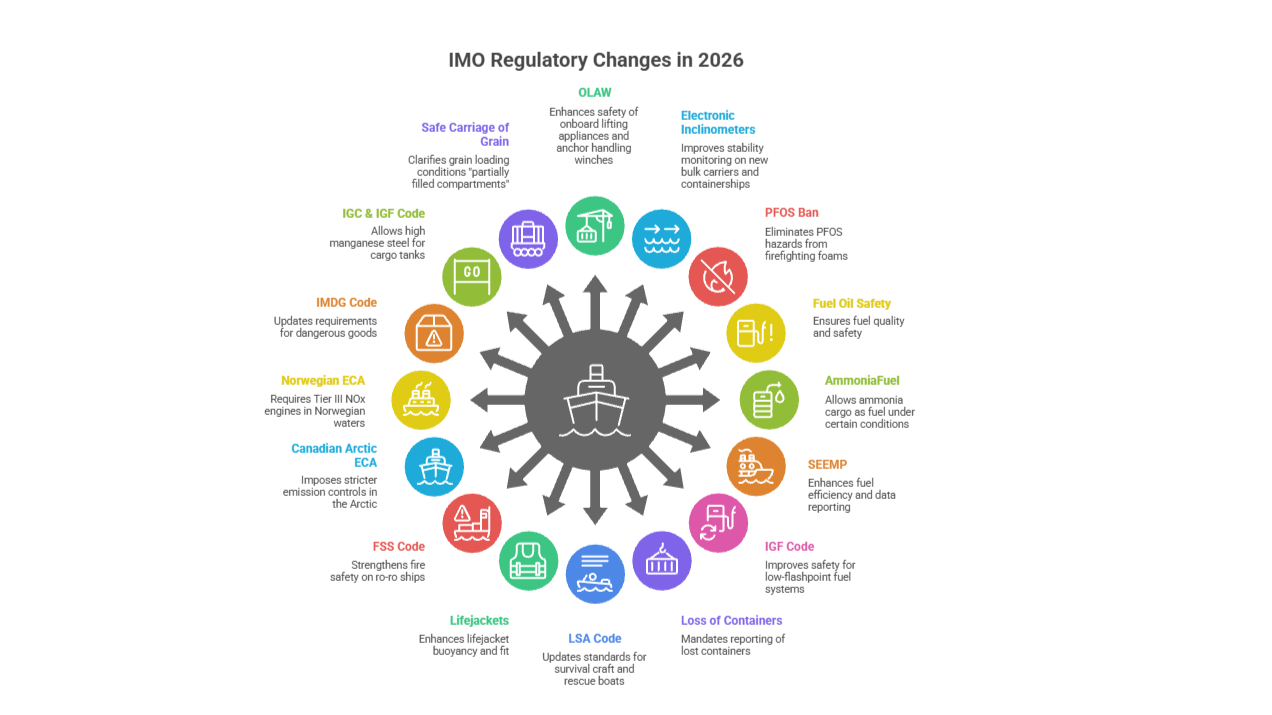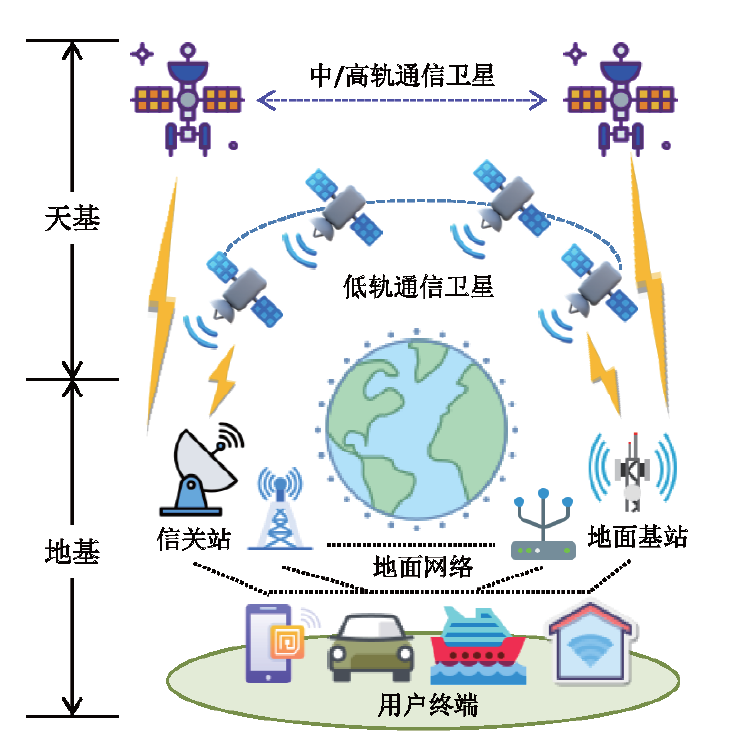开渔季
黄渤海开渔在即,渤海湾是我国北方传统渔场,每年禁渔期结束后,大量渔船出海捕鱼,作业渔船短时间内数量暴增,为避免商渔船碰撞事故的发生,我们特制作致船长、船员的一封信——预防商渔船碰撞安全提示,以保障您的航行安全。
各位船长、驾驶员朋友们:
欢迎您来到渤海湾,渤海湾是我国北方传统渔场,每年禁渔期结束后,大量渔船出海捕鱼,作业渔船短时间内数量暴增。渔船作业区往往绵延几海里至几十海里,渔场内渔船密度大,存在单拖、对拖、围网、流网、张网、绳钓等多种捕鱼方式,船舶避让困难,碰撞事故高发。
为切实防范商渔船碰撞事故发生,现对航行在渤海湾水域的船长、驾驶员朋友进行安全提示:
一、科学合理设计航线。充分考虑避开传统渔场、渔船密集区等区域,合理制定计划航线,避开商渔船事故多发水域,尽量减少与渔船交叉相遇的几率。设有船舶定线制的水域应该按相关规则执行;没有定线制的水域应按船舶习惯的主航路航行。
二、绕航避开传统渔场。当航行中发现前方有密集的渔船群、渔场时,只要当地的水域环境和情况允许,应及时改变航向,从渔船群、渔场的外海一侧绕航,切莫驶进渔船船队、渔场而处于难以避让的尴尬危险局面。
三、持续保持正规瞭望。船舶航经渔区时,配备足够值班人员,保持连续、正规瞭望,充分评估本船雷达对周围船只物体的探测能力。及时主动与航行区域VTS保持沟通,保持甚高频连续守听,对动态不明的来船主动沟通,实时采取主动避让措施。
四、始终保持安全航速。船舶航经渔区时,注意不明灯光声响,充分考虑不良气象影响,正确显示号灯号型,按规定鸣放声号,并结合本船操作性能、周围船舶动态和交通密度,保持安全航速。
五、及时避让会遇渔船。应充分考虑渔船操作性能和作业上的特殊性,谨慎评估,争取“早、大、宽、清”,即避让行动要及早的进行、避让的幅度要大、避让的距离要宽裕、要确保驶过让清,注意船吸情况。
六、谨慎避让对拖渔船。保持距离渔船船尾最近不少于1海里通过,距离渔船外舷侧、最近不少于0.5海里通过,要避免近距离从渔船船头通过,禁止从双拖渔船中间通过。
七、做好事故应急处置。一旦发生商渔船碰撞事故,商船应立即报告海上搜救中心、主管机关及公司,并采取应急反应行动,救助遇险人员和减少财产损失,防止海洋污染,必要时应立即请求周围船只配合参与搜寻救助。
八、切勿发生肇事逃逸。船长和驾驶员当发现或者怀疑存在碰撞时,应立即采取有效措施进行核实。发生或者怀疑发生碰撞事故时,切勿抱有侥幸心理,严禁肇事逃逸,导致更严重的后果,以致被追究刑事责任。
“航行更安全、海洋更清洁、航运更便捷”离不开您的参与。预防商渔碰撞事故,是我们每一位船长和驾驶员的责任。
Dear Captain and crew:
Welcome to Bohai Bay. Bohai Bay is a traditional fishing ground in northern China. After the annual fishing ban period ends, a large number of fishing boats go fishing on the sea, and the number of fishing boats increases in a short period of time. There are a variety of fishing methods, such as single towing, trawling, seine, drift-net, open net, rope fishing, etc. Fishing boats are of high density in the operation areas which often extend from several nautical miles to dozens of nautical miles, causing high risks of collision accidents.
In order to prevent the collision of merchant ships and fishing boats, you are kindly advised of the following safety tips:
1. Draw upscientific and rational routes plan. Fully consider avoiding the areas which are traditional fishing grounds and fishing boat-intensive areas; reasonably plan ship routes, avoid accident-prone waters to minimize the chance of meeting crossing fishing boats. Waters with ship routing system shall be carried out in accordance with relevant rules; waters without routing system shall be sailed according to the ship’s customary main route.
2. Bypass traditional fishing grounds. When there are dense fishing boats and fishing grounds in front of navigation, as long as the local water environment and conditions permit, the course should be changed in time. Detour from the outer sea side of the fishing fleet and fishing grounds, and refrain from entering the fishing fleets or fishing grounds to avoid dangerous situation.
3. Maintain proper lookout. When the ship passes through the fishing area, make sure it is equipped with sufficient personnel on duty to maintain continuous and regular lookout; fully evaluate ship’s radar detection ability to surrounding ships or objects; timely and proactively maintain communication with the VTS in the navigation area; maintain continuous VHF listening; actively communicate with unknown ships and take active avoidance measures in real time.
4. Always maintain a safe speed. When the ship passes through the fishing area, please pay attention to the unknown light and sound; fully consider the bad weather influences; display signal type and sound the signal according to the COLREG;and keep a safe speed in consideration of the ship’s operational performance, surrounding ship dynamics and traffic density.
5. Avoid crossing fishing boats in time. Please take full account of the operation performance and particularity of fishing boats and adopt the strategy of “early, large, wide and clear”, that is, the avoidance action should be carried out early, the margin of avoidance should be large, the distance of avoidance should be wide, and the clearance should be ensured.
6. Be careful to avoidtwo-boat trawler. Keep at least 1 nautical mile from the stern of the fishing boat and not less than 0.5 nautical miles from the outboard side of the fishing boat; avoid passing from the bow of the fishing boat at close range, and prohibit passing from the middle of the double trawler.
7. Ready for emergency response. Once collision accidents occurred, the merchant ship shouldimmediately report to the maritime search and rescue center, the administration and the company, and take emergency response actions to rescue persons in distress and reduce property losses and prevent marine pollution. If necessary, it should immediately request the surrounding ships to cooperate in the search and rescue.
8. Do not escape after a collision happens. When a collision is found or suspected, the captain and the crew shall immediately take effective measures to verify it. When a collision accident occurs or is suspected, do not have a fluke mentality, prohibit hit-and-run, otherwise it will lead to more serious consequences or even criminal responsibility.
Thank you for your good cooperation for our common goal of “safe and efficient shipping on cleaner oceans”. It is the responsibility of every captain and crew to prevent collisions of merchant ships and fishing boats.
END
来源:天津海事
信德海事安全综合报道
资讯
活动
航情
招聘
专栏
视频
专题
图片
领航者
资料库
ENGLISH



